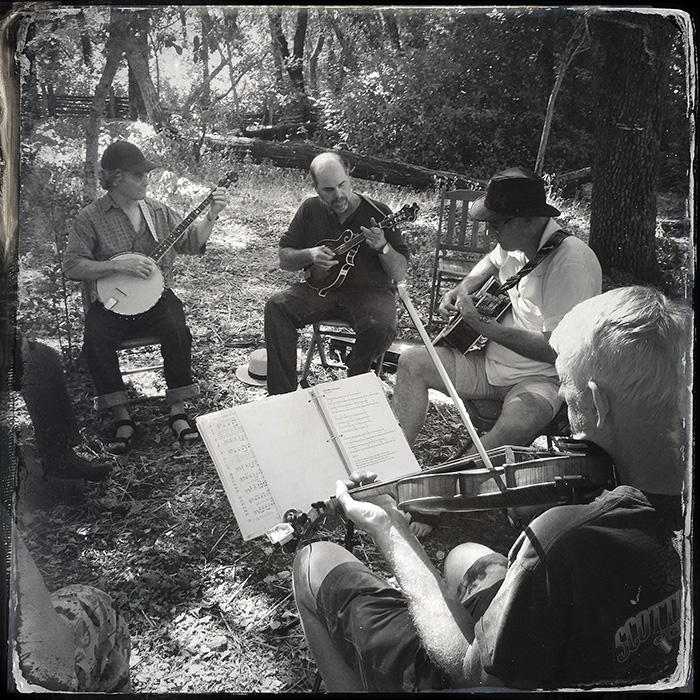With vineyards and wineries commanding the landscape in Napa Valley, it's hard to believe that grain was once the primary crop here. The Bale Grist Mill brings us back to that time — the 1800s — when grist mills were important gathering places for grinding that grain. Still operating as it did over 150 years ago, the Bale Mill is truly a rare treasure in our modern culture. A visit here is an immersive experience.
Get Truly Napa Valley, and discover the heart and soul of this famous wine region.
Park in the back lot and walk the shady path over the wooden bridge that crosses gurgling Mill Creek. Its precious year-round water supply once fed the mill but now flows freely. As you approach the mill, the giant wheel looms large, brought to life with a rush of water from an overhead flume. Turning easily on its iron hub, water spills from its buckets and sprays mist into the air. Once you step inside this wood and iron machine, the deep pulse of its turning wheels, gears and belts resonates through the redwood walls like a heartbeat. It's reminiscent of an old amusement park ride and surely something that would rival anything Disney could contrive.
Built in 1846, the mill can easily grind 8,000 pounds of grain in a regular work day with both sets of millstones running. It's 36-foot overshot water wheel, once fed solely by water from the creek, now gets a little help from modern technology.
The granary now serves as a gift shop where you can purchase bags of fresh-ground organic flours and cornmeal or polenta.
Miller Jim Annis explaining the gear system
The second Sunday of every month, musicians are invited to gather and play traditional music.
Jim Annis is the miller and also your charismatic tour guide. Starting outside, Jim brings you back to the day when horses or children threshed the wheat and the grain was brought to the mill in sacks or barrels. While the big wheel turns, he'll lead you inside — where the mill is most alive — it's belts and pulleys working all around you. He opens the trap door in the floor so you can see the gears turning - wooden gears, to avoid any spark that may ignite the extremely flammable flour. He takes you through the entire mill, talking of Chaucer’s chattering damsel and stone-dressers while illuminating familiar sayings like "nose to the grindstone", "fair to middlin" and "rule of thumb". He'll often seek out a young "dusty" from the audience to help engage the stones for milling and throughout his tour he usually invites hands-on audience participation.
The mill is open on Saturdays and Sundays, when you can see it in action and watch the miller grind the organic stone-ground flour that is available for purchase. They’ve got a great selection: five varieties of organic flours (bread, pastry, rye, spelt, buckwheat) and two varieties of corn (cornmeal and polenta). Kids love this place, but unfortunately dogs are not invited inside. It's a great place for a picnic, too, so bring some food and wine to enjoy!
You might see the mill on the side of the road as you drive past it on Route 29, but the driveway to the parking lot is .25 south of the mill, where a large wooden sign identifies the turn. There is a modest admission charge. You can also hike the mile-long History Trail that connects the Bale Grist Mill to Bothe-Napa Valley State Park and along the way, see what remains of the old mill pond and dam.







